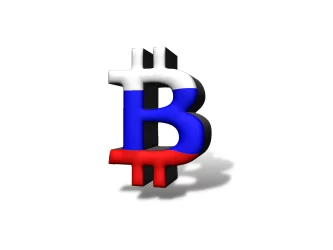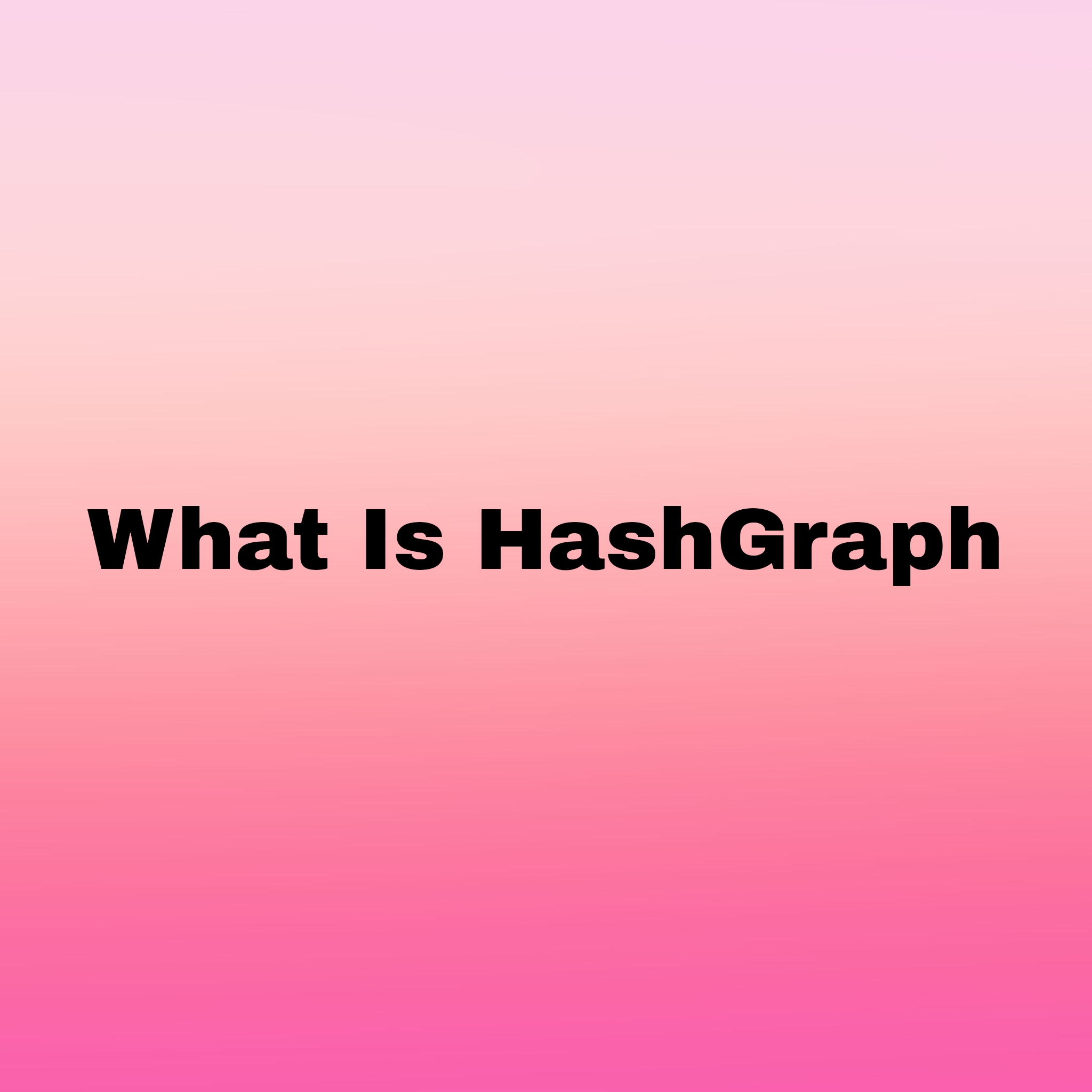
Share this
According to the information on the website of the Central Bank of the Russian Federation, its Board of Directors has approved a plan to issue commemorative and investment coins in circulation for 2023. In the category of gold investment coins.
along with the coins “George the Victorious” (they will be in denominations of 25, 100 and 200 rubles, Circulation – 100 thousand coins of each denomination), 500 thousand gold Chevrolet will be issued this year. This coin worth 10 rubles will contain 7.78 grams of 999 gold.
At the same time, it is planned to issue a gold commemorative coin “100th anniversary of golden Chevrolet” with a face value of 50 rubles in the amount of 1 thousand coins, it will also contain 7.78 grams of precious metal).
Chevrolet is the traditional Russian name for gold coins (from “pure gold”, as the type of high-grade gold was called).
After the introduction of the new monetary system by Peter I, the first gold coins appeared – chevron. Later, the Chevrolet coinage resumed, the technical parameters of the part changed. The denomination of 1922 (exchange for 1:10,000) simplified the monetary system, but did not stop inflation.
The appearance of the Soviet Chevrolet was confidently welcomed by the population, its exchange rate remained stable, and the deployment of the NEP began. He began to enter foreign markets traded on the stock exchange.
Coinage began at the Petrograd Mint in August 1923. The total turnover of gold coins minted in 1923-1924 amounted to 2.75 million coins.
In 1975-1982, the State Bank of the USSR issued Chevrolet-type coins of the 1923 model with the coat of arms of the RSFSR and new release dates. According to the database of the Central Bank of the Russian Federation, the total turnover of coins amounted to 6.565 million coins.
Investment coins have the status and technical characteristics of precious metal coins, transactions with which, in accordance with the provisions of the Tax Code of the Russian Federation, are not subject to value added tax.
Rostov region, January 28, 2021 DON24.RU . A unique find for its time was discovered by archaeologists of the Azov Reserve-Museum on the territory of the ancient city of Akaka. In a piece of silk shirt.
32 silver coins of the Golden Horde dating from the time of the Battle of Kulikovo were found, Andrei Miloski, Candidate of Historical Sciences and head of the museum’s archaeology department, told the DON 24 news agency.
The expert noted that the find is unique for the history of Azov. The reason for this was the time period when the treasure was deposited:
“There were earlier discoveries, the coins of the Golden Horde are represented in many, but the 70s of the XIV century were a “blind spot” for us, numismatists were surprised that there were no coins of this period of time. In this respect, this treasure is, of course, unique for studying the history of Azov.
Don archaeologists have discovered a treasure in the basement under the building. The archaeologist noted that the bundle with a piece of silk shirt was moved there from another place. A pit was built where various household waste and garbage were dumped. Apparently, the silk bundle was not noticed and covered, and a new building was built over the basement.
“Not all treasures appear when tired warriors jump, hide coins, are attacked, killed, and a treasure is formed. Sometimes a person is just drunk.
he can hide a bunch of silver coins, but with a hangover, he no longer remembers where. Such small treasures ranging in size from 5 to 6 dirhams existed even earlier, and no samples of the 70s of the 14th century were found in the Azov region earlier,” says Andrey Miloski.
According to the historian, 32 coins hidden in the 14th century were estimated at the monthly salary of a professional worker. For comparison, he cited the cost of buying a slave, and then it cost about 200 coins. According to the Aviso advertising portal, today you will have to pay from 500 rubles to several thousand for a coin of that time.
Unfortunately, there are no prerequisites for searching for items related to the owner of the treasure, the museum employee noted:
“We are laying this trench through the Center of the medieval city. Wherever you dig, you will definitely find something, but this “something” will definitely not be related to this treasure.”
The materials will certainly be published, they can be found in databases, but it will be impossible to see them with your own eyes, says Miloski. The permanent exhibition of the museum is currently completed.





